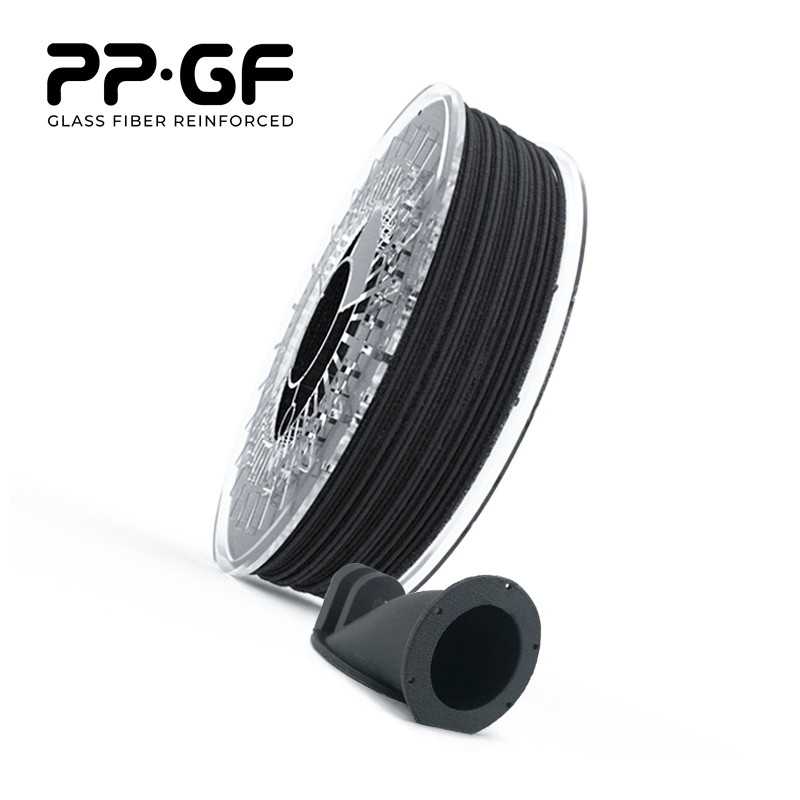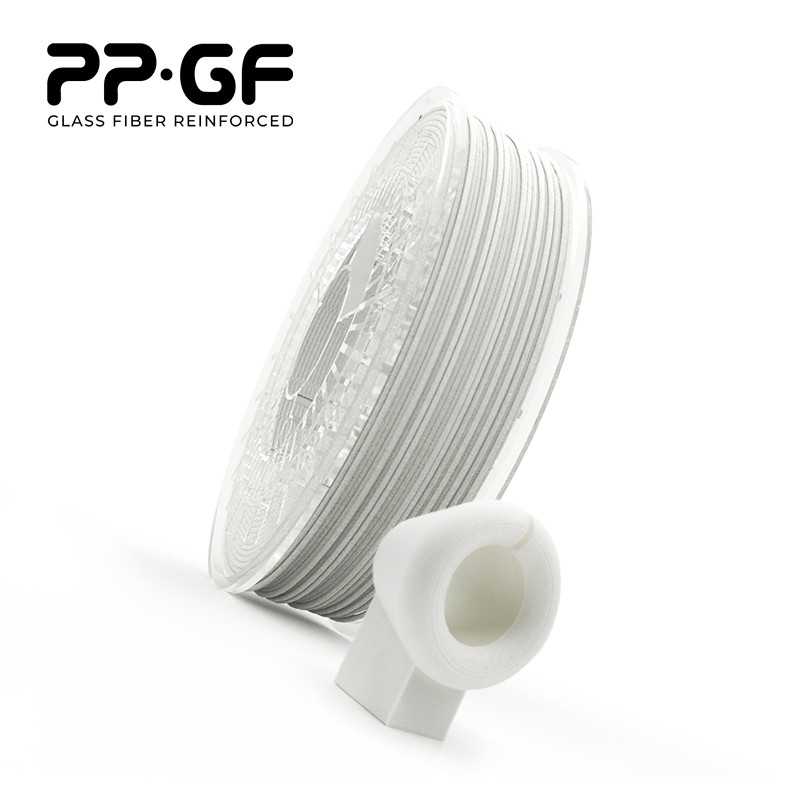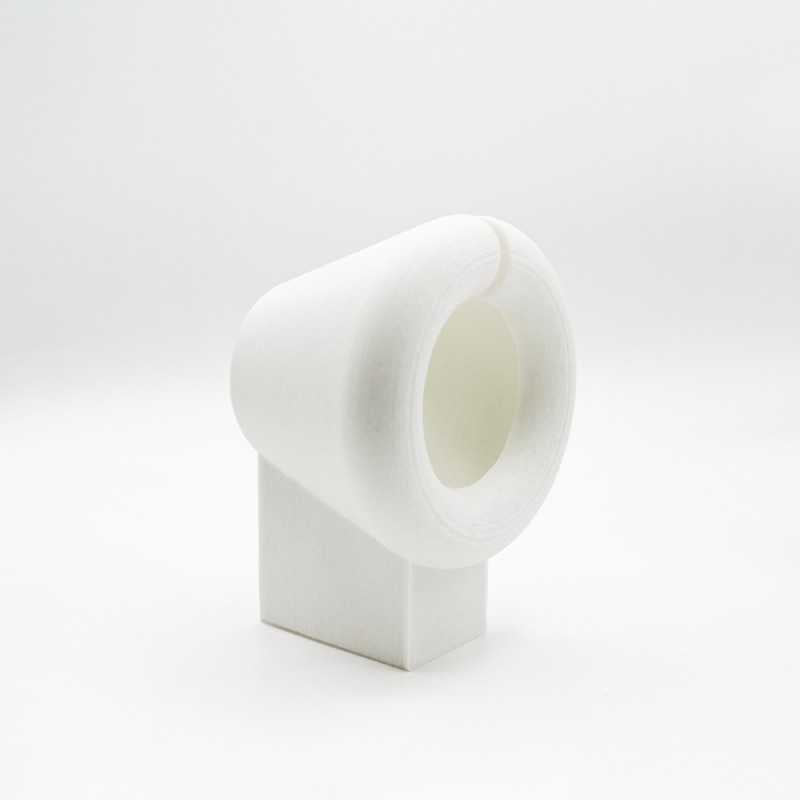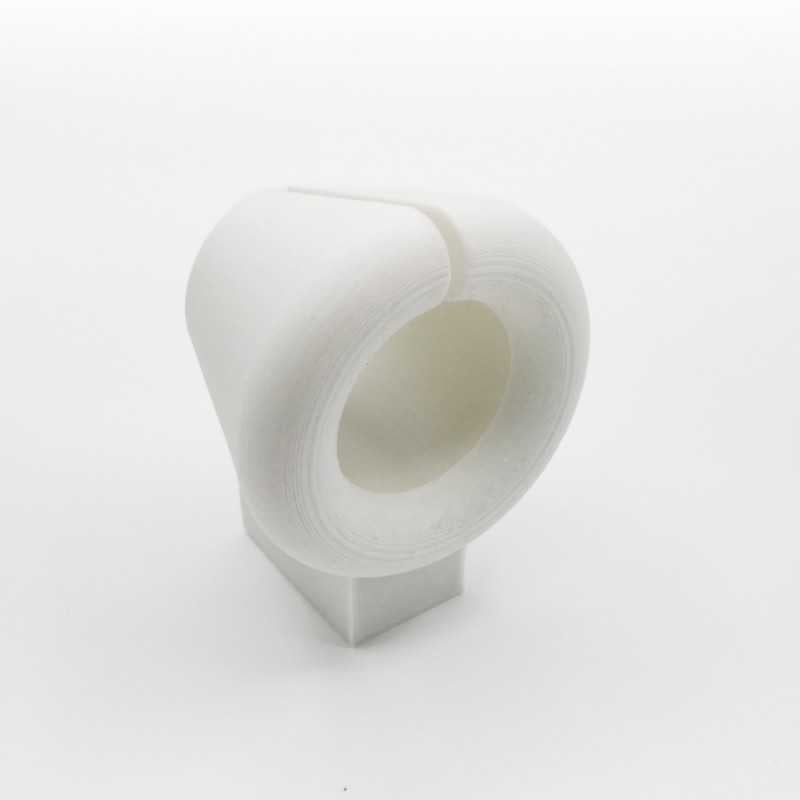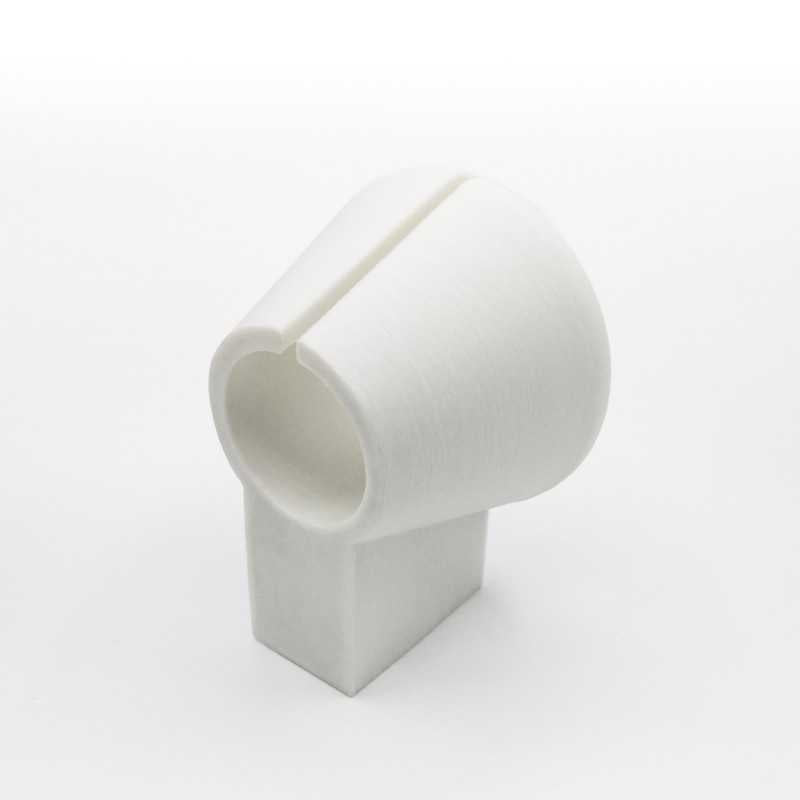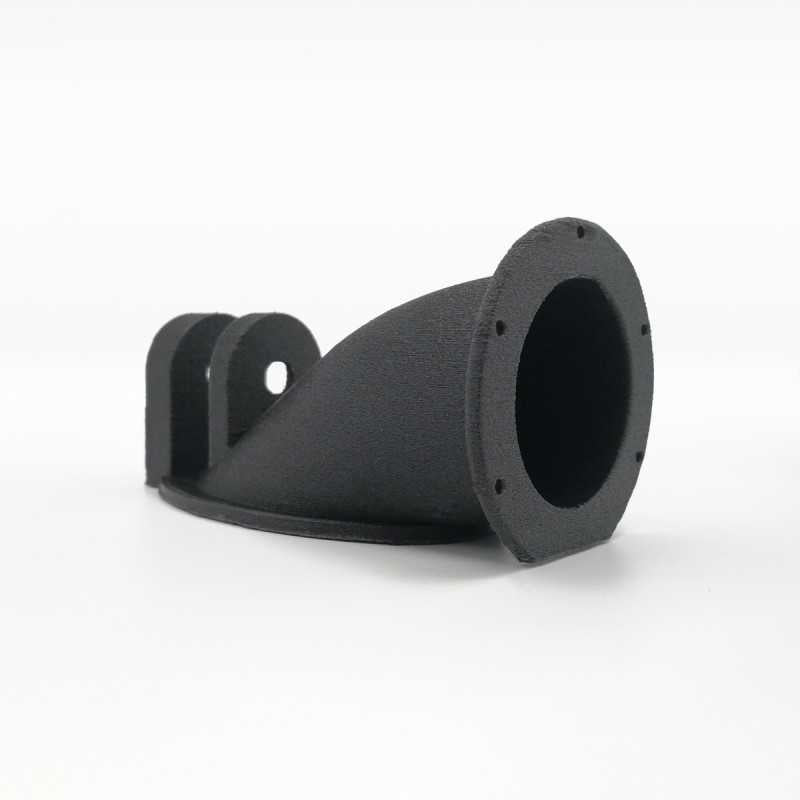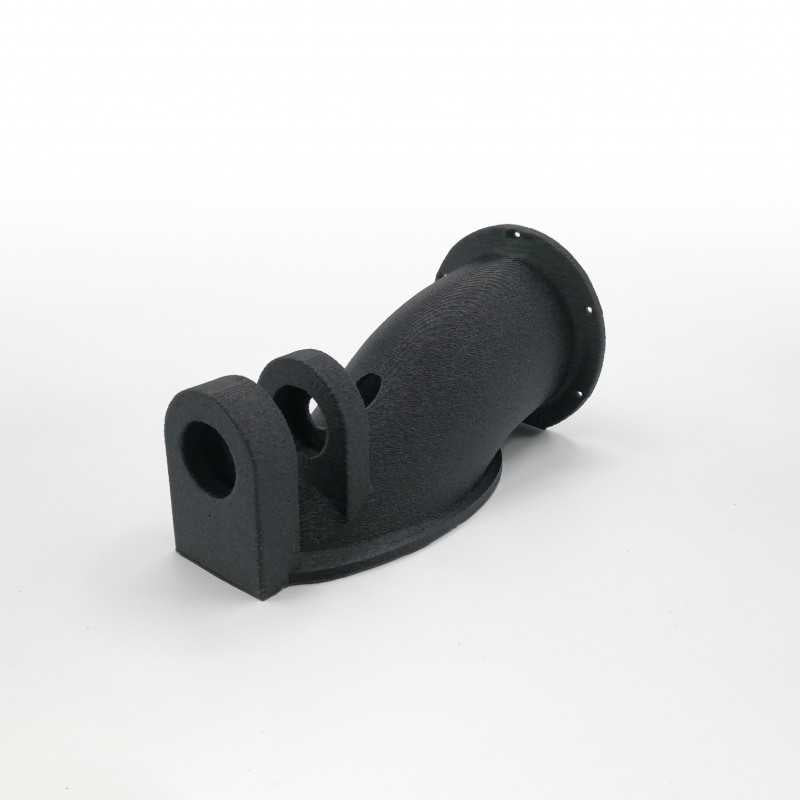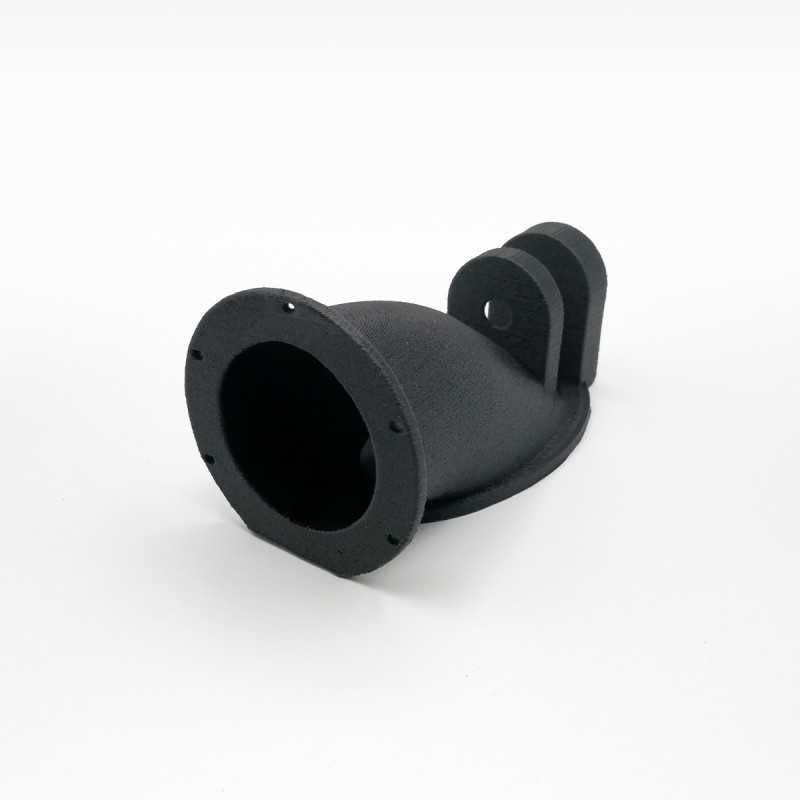recreus
PPGF
Couldn't load pickup availability
Polypropylene filament with glass fiber is a composite material that combines the properties of both materials. The result is a filament that is easy to print, light, resistant to wear and tear as well as bending and tensile strength, with very good interlayer adhesion and low shrinkage deformation.
- High mechanical and flexural strength
- Resistant to humidity and corrosion
- Good chemical resistance
- Suitable for high temperatures
- Low density
- High wear resistance
PP-GF filament has been developed in collaboration with the multinational Repsol. This union has improved the strength and durability characteristics of this material, making it an ideal choice for applications that require a high level of mechanical strength.
Polypropylene filament with fiberglass is a composite material that combines the advantages of polypropylene with those of fiberglass. Polypropylene is a lightweight, tough and corrosion-resistant thermoplastic, characterized by high impact strength, good chemical resistance and low density, which makes it suitable for engineering applications. Fiberglass, on the other hand, is a reinforcing material with high tensile and flexural strength. A mechanical reinforcement characterized by high tensile strength, high stiffness and low density, which makes it suitable for structural applications. The combination of both materials allows having a filament with mechanical properties superior to pure polypropylene, being an excellent option for applications that require high strength and stiffness, such as machinery parts, construction structures, prototypes, etc. In addition, its finish is softer than the finishes of the products currently on the market.
Polypropylene with fiberglass is a widely used material in a variety of industrial applications due to its high mechanical strength and corrosion resistance. Some of the common applications include:
Applications
- Automotive: Automotive parts, such as panels, fenders and fender flares.
- Machinery manufacturing: Machinery parts, such as gearboxes, pulley guards and bearings.
- Construction: Building materials, such as roofing, wall panels and building plastics.
- Sporting goods: Golf clubs, rackets and helmets.
- Marine products: Fuel tanks, storage compartments and ship structures.
- Electronics parts: device housings, device brackets.
- Hydraulics: pump rotors, fittings, pipes, nozzles.
Important aspect to highlight
- Resistance: It is very resistant to traction and impact, which makes it suitable for parts that must withstand loads and/or impacts.
- Durability: It is resistant to humidity and chemical products, which makes it ideal for parts that must be used in outdoor environments or in contact with liquids.
- Flexibility: fiberglass polypropylene filament is more flexible than other filaments such as ABS or PLA, which makes it suitable for parts that require movement or bending.
- Aesthetics: fiberglass polypropylene filament has a matte finish and is smoother than other fiberglass polypropylenes on the market.
Printing parameters
-
Printing temperature 240-260°C. Print speed 30-60 mm/s Layer height 0.2 mm. Bed temperature 40º C once our primer is applied (not included) and 80º C with other primers e.g. MagiGoo PP. Retraction speed 25-50 mm/s at a distance of 2-3 mm. Minimum nozzle diameter 0,4 mm -0,6 mm (recommended) Nozzle material Hardened steel or ruby-type (avoid brass) of 0.50 mm and never of smaller diameter, to avoid jamming in the extruder. Properties Glass Fiber
Matte effectImportant note
It is recommended to use adhesives to improve the adhesion of the piece to the hot bed, as polypropylene with fiberglass has low adhesion.
